This eBook outlines data integration’s crucial role in cloud migration and provides strategies for effective data integration for successful cloud migrations. While cloud migration is an important piece of data modernization, it can come with significant challenges. These challenges range from complexity in transferring data and managing application dependencies, performance and latency issues due to improper resource allocation, data incompatibility, and data inconsistency.
To overcome these challenges, this eBook recommends seven best practices during cloud migration:
- Assess project scope and strategy: Get a clear picture of your data’s structure and quality and choose an integration strategy that matches your business goals and the specifics of your data.
- Choose the right tools: Look for data integration tools that offer automation features and can evolve with your needs.
- Develop a clear framework: Develop a plan for how your data will be moved, transformed, and integrated into the cloud environment.
- Implement robust security measures: Ensure data protection through encryption, access controls, and compliance with regulations.
- Identify data transformations: Determine necessary adjustments to data formats, structures, and schemas for seamless performance in the cloud environment.
- Perform testing: Conduct thorough testing on individual components, integration, and performance.
- Continuously monitor: Regularly check your data integration processes post-migration to maintain accuracy and performance.


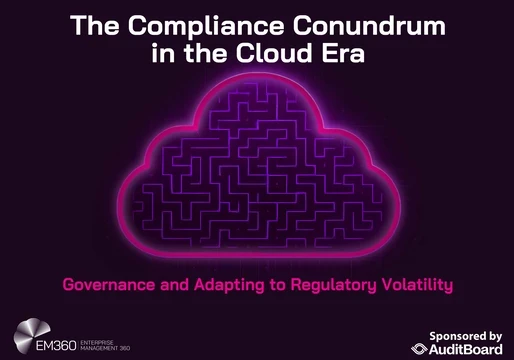

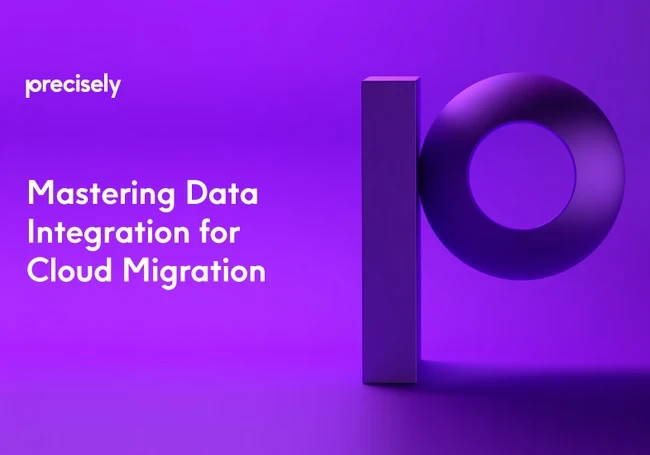
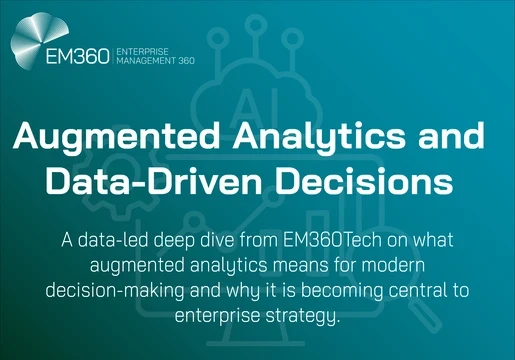
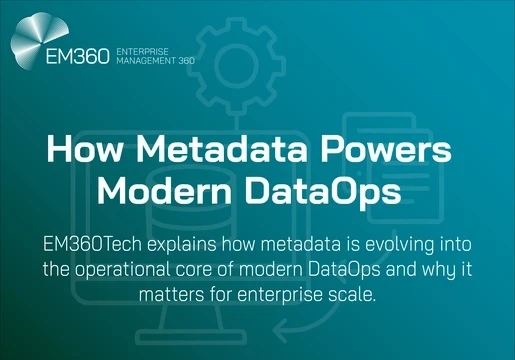
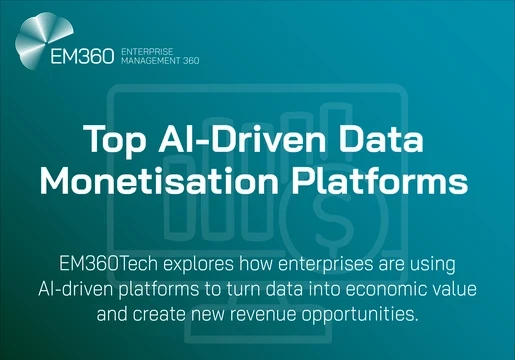
Comments ( 0 )